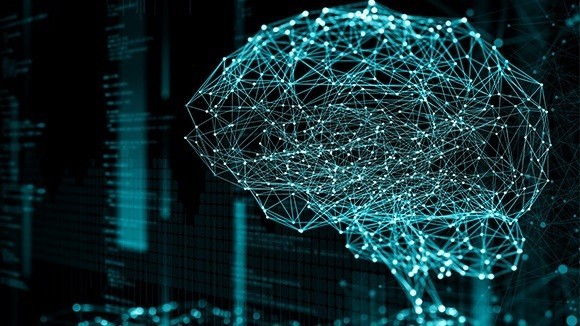Alfred Ludwig is a Professor for Materials Discovery and Interfaces at the Institute for Materials of Ruhr University Bochum (RUB). In 1999 he received his Ph.D. in mechanical engineering from University of Karlsruhe. He then worked at the caesar research center in Bonn and became head of the research group "Combinatorial Materials Science" in 2002. At the same time, he started his career at RUB as junior professor and became full professor in 2012. He initiated and organised the Research Center ZGH (Center for Interface-Dominated High Performance Materials) of which he is the scientific director. His research interests include combinatorial materials science, high-throughput experimentation, material informatics, materials for nano/microsystems, thin films, with a focus on multifunctional materials for future energy systems, e.g. novel electrocatalysts.
Reinhard Maurer is an Associate Professor of Computational Chemistry at the University of Warwick. He received a Diploma degree in Computational Chemistry from the University of Graz in 2010 and a Ph.D. in Chemistry in 2014 from the Technical University Munich. He was a postdoctoral researcher at Yale University before starting his independent career in 2017. His research interests include non-thermal chemical dynamics at surfaces, molecular device design, and the development of machine learning and first-principles methods to study problems in heterogeneous catalysis and surface science. He received the TU Munich President’s Young Investigator Award in 2016 and was a Runner-Up for the Psi-K Volker Heine Early Career Award in 2018.
Ghanshyam Pilania is a senior scientist in the Materials Science and Technology Division at the Los Alamos National Laboratory. He received his Ph. D. in Materials Science & Engineering from the University of Connecticut in 2012. His postdoctoral research was supported by an Alexander von Humboldt fellowship at the Fritz Haber Institute of the Max Planck Society in Berlin and by a distinguished Director’s Postdoctoral Fellowship at the Los Alamos National Laboratory. He specializes in developing and applying high-throughput electronic structure and atomistic methods to understand and design functional material, with a particular focus on targeted materials design and discovery utilizing machine learning and materials informatics.
Milica Todorović is an Assistant Professor in Materials Engineering at the Department of Mechanical and Materials Engineering, University of Turku. She gained an MSci in Physics at University College London, followed by a DPhil in Materials Science from Merton College at the University of Oxford. She went on to specialise in development and high performance computing applications of large-scale first principles calculations at the National Institute for Materials Science, Japan, and scanning probe microscopy simulations at Universidad Autonoma de Madrid before settling in Finland. Her research focuses on interfacing artificial intelligence algorithms with first principles simulations of materials with the aim to optimise material functionality.

